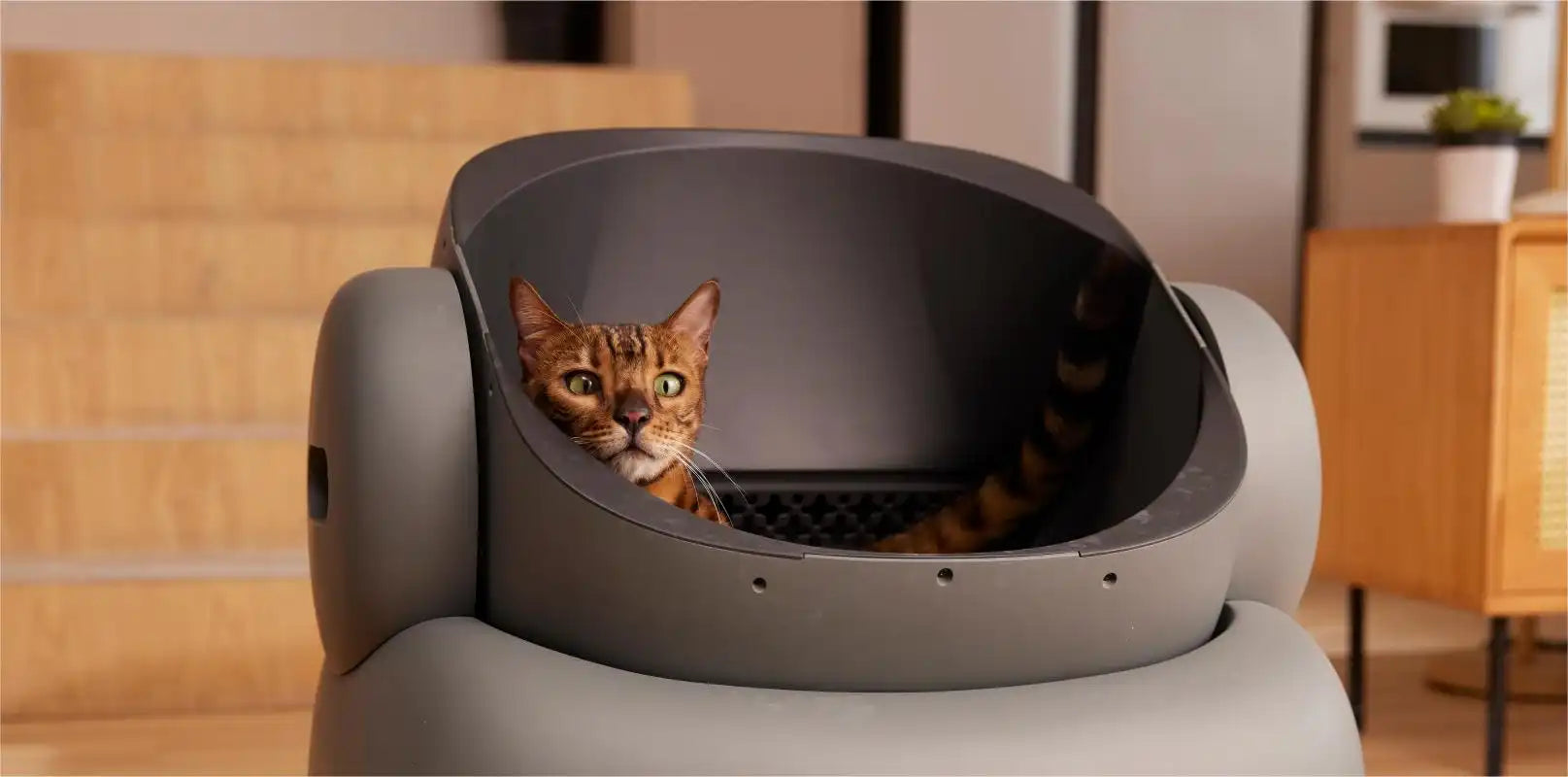
We all know that our feline friends add a ton of joy, warmth, and companionship to our homes. But with great pets come great responsibilities, and one of the biggies is keeping their litter box in tip-top shape. It might not be the most glamorous part of pet ownership, but it's definitely a crucial one.
Keeping the litter box clean is all about making life better for both you and your cat. It's a common misconception that cat care is low maintenance, especially when it comes to their litter needs. The reality, however, is that the state of your cat's litter box can significantly affect both your lives.
In this blog, we're going to break down everything you need to know about maintaining your cat's litter box, from the basics of daily scooping to the wonders of self-cleaning boxes.
So, let's jump right in and start with the basics of keeping your cat's litter box fresh and clean.
The Why and How of Daily Litter Scooping
Why Daily? Cats are clean animals by nature, and a dirty litter box can make them feel stressed or even lead them to avoid it altogether. Plus, removing waste daily prevents the buildup of harmful bacteria and odors. It's a simple step that makes a big difference in maintaining a healthy environment for both you and your pet.
Step-by-Step Guide:
1. Equip Yourself: Grab a sturdy scoop and a waste bin lined with a bag. It's handy to keep these items close to the litter box for easy access.
2. Scoop It Up: Gently sift through the litter with your scoop, removing clumps of waste and any solid matter. Be thorough but gentle to avoid breaking the clumps apart.
3. Dispose Properly: Deposit the waste into your lined bin. It's a good practice to secure the bag and take it out to the trash daily to avoid any lingering smells.
4. Refresh: After scooping, level out the litter with the scoop or shake the box gently. This keeps the surface clean and inviting for your cat's next visit.
5. Wash Hands: Always wash your hands thoroughly after cleaning the box. It's a simple hygiene practice that keeps everyone healthy.
Remember, this daily routine not only contributes to a happier cat but also to a cleaner, more pleasant home. Plus, it's a quick task that, once integrated into your daily routine, becomes second nature.

The Weekly Deep Clean: Refreshing Your Cat's Space
Why Weekly? Over time, even with daily scooping, residues and odors can build up in the litter box, creating an environment that could deter your cat from using it. A weekly deep clean prevents this buildup, ensuring the box is always inviting to your cat and not a source of unpleasant odors in your home.
Step-by-Step Guide:
1. Prep: Empty the litter box completely. It’s a good idea to wear gloves to keep things sanitary.
2. Clean: Use a mild, cat-safe cleaner or a mixture of water and vinegar for a natural option. Scrub the box thoroughly, paying extra attention to corners and any grooves where residues might hide.
3. Rinse: Make sure to rinse the box well, removing any soap or cleaner residues that might irritate your cat or deter them from using the box.
4. Dry: The litter box must be completely dry before adding fresh litter. Any moisture can clump the litter and harbor bacteria.
5. Refill: Once dry, fill the box with fresh litter. Remember, the recommended depth is about 2-3 inches for most litters, but follow any specific recommendations for the litter you use.
6. Return: Place the litter box back in its designated spot, ready for your cat to use.
Extra Tips:
· Location, Location, Location: Always return the litter box to the same spot to avoid confusing your cat.
· Safety First: Choose cleaners carefully. Avoid anything with strong odors or harsh chemicals that could be harmful or off-putting to your cat.
· Consider Liners: If your cat doesn’t mind them, liners can make cleaning easier. Just be sure they don’t become a source of annoyance for your cat, as some cats dislike the feel or noise.
By keeping up with a weekly (or every other week) deep clean, you're not just maintaining a clean home—you're also supporting your cat's well-being. It's a little effort for a lot of peace of mind and a happy, healthy cat.

Embracing Technology: The Self-Cleaning Litter Box
In our quest to make pet care as hassle-free as possible, let's turn our attention to a game-changer in cat care: the self-cleaning litter box. This marvel of pet technology promises to save time, reduce smells, and make the daily chore of scooping a thing of the past. But how does it fit into the life of a cat owner?
What is a Self-Cleaning Litter Box? A self-cleaning litter box is an automated device that does the dirty work for you. After your cat uses the box, sensors trigger a cleaning mechanism that scoops or sifts waste into a separate compartment, leaving the litter fresh for the next use. Most automatic cat litter boxes require less frequent litter changes and waste disposal, making them a convenient option for busy pet parents.
The Benefits:
· Time-Saving: With automatic waste removal, you're free from the daily scooping routine.
· Odor Control: Many models are designed to seal away waste promptly, significantly reducing unpleasant smells.
· Hygienic: By automating the cleaning process, self-cleaning boxes help maintain a consistently clean area for your cat.
For more information about benefits or disadvantages, please visit this article about Automatic Cat Litter Boxes: Pros, Cons.
Choosing the Right Model:
When shopping for a self-cleaning litter box, consider the following:
· Size and Space: Make sure you have enough room for the unit, as some can be quite large.
· Your Cat's Preferences: Some cats might be wary of new gadgets. Look for a model that operates quietly and doesn't startle your pet.
· Maintenance Requirements: While self-cleaning, these boxes still require some attention. Check how often you'll need to dispose of the waste compartment and any specific cleaning instructions.
A Few Considerations:
· Initial Adjustment: Give your cat time to get used to the new box. Placing it near the old one and gradually phasing out the old box can help.
· Power Source: Most self-cleaning boxes need to be plugged in. Ensure you have a suitable spot that's near an outlet.
· Cost: These litter boxes can be an investment. Weigh the benefits against the cost to decide if it's the right choice for your household. If you are wondering whether it is worth to buy an automatic cat litter box, you may want to read this article: Are Self-cleaning Cat Litter Boxes Worth the Money?
Conclusion:
Embracing a self-cleaning litter box like the Neakasa M1 can be a step toward more enjoyable and less time-consuming pet care. With the right preparation and choice, you and your cat can benefit from the advancements in pet technology, making the litter box chore a lot less tedious.


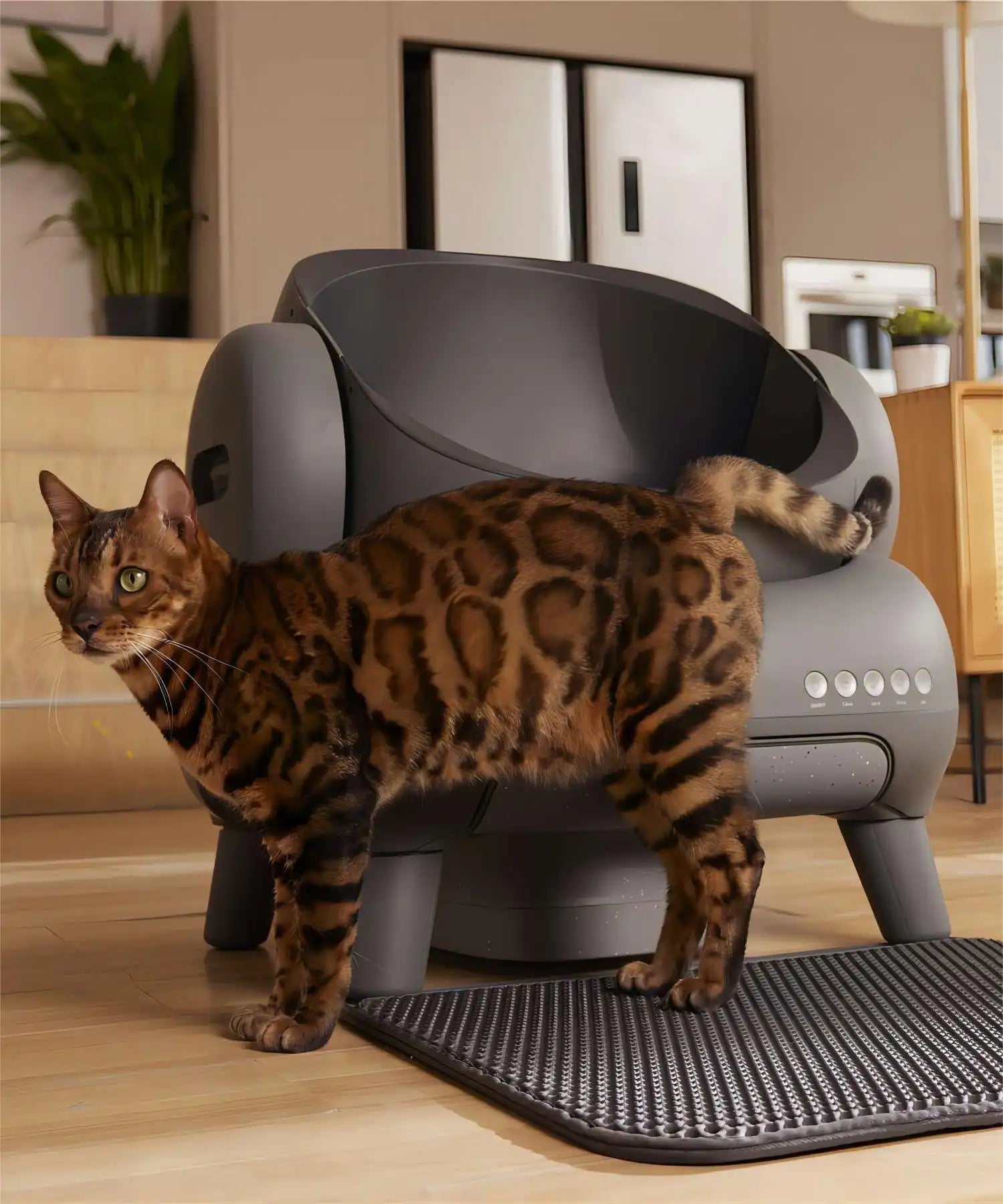
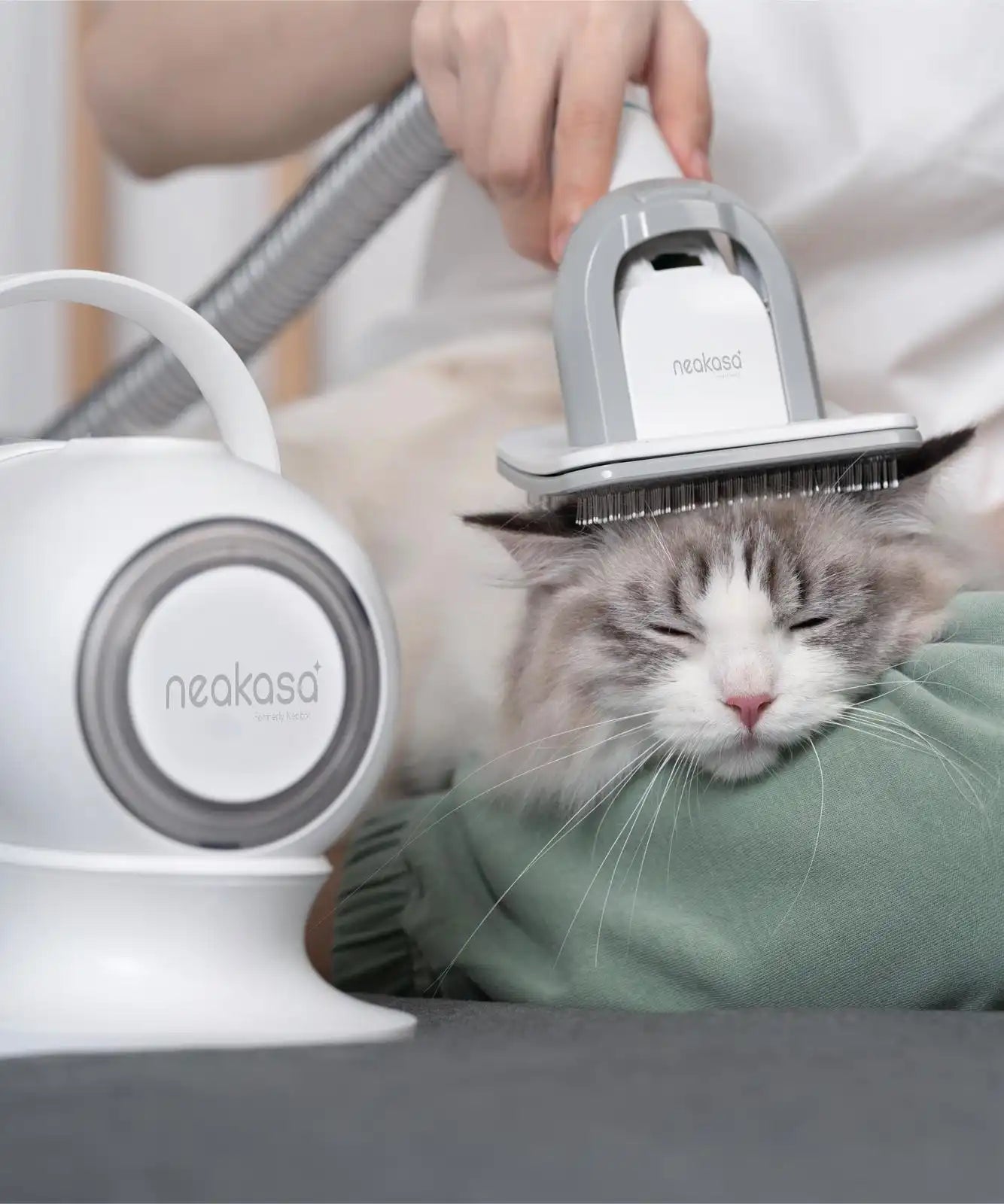
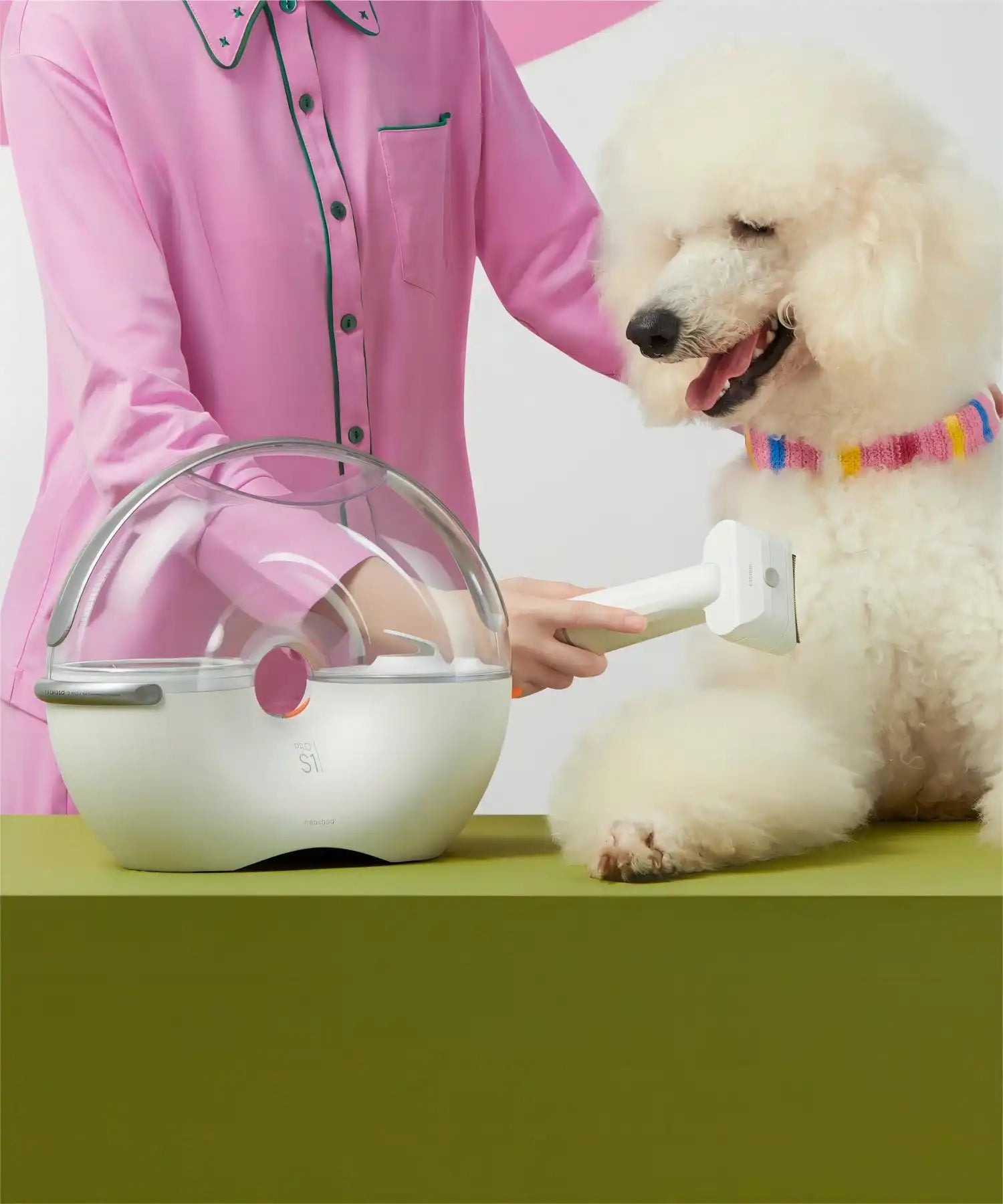
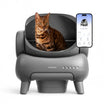
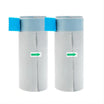
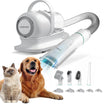
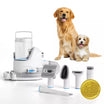
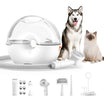
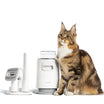
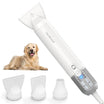
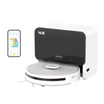
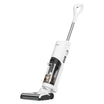
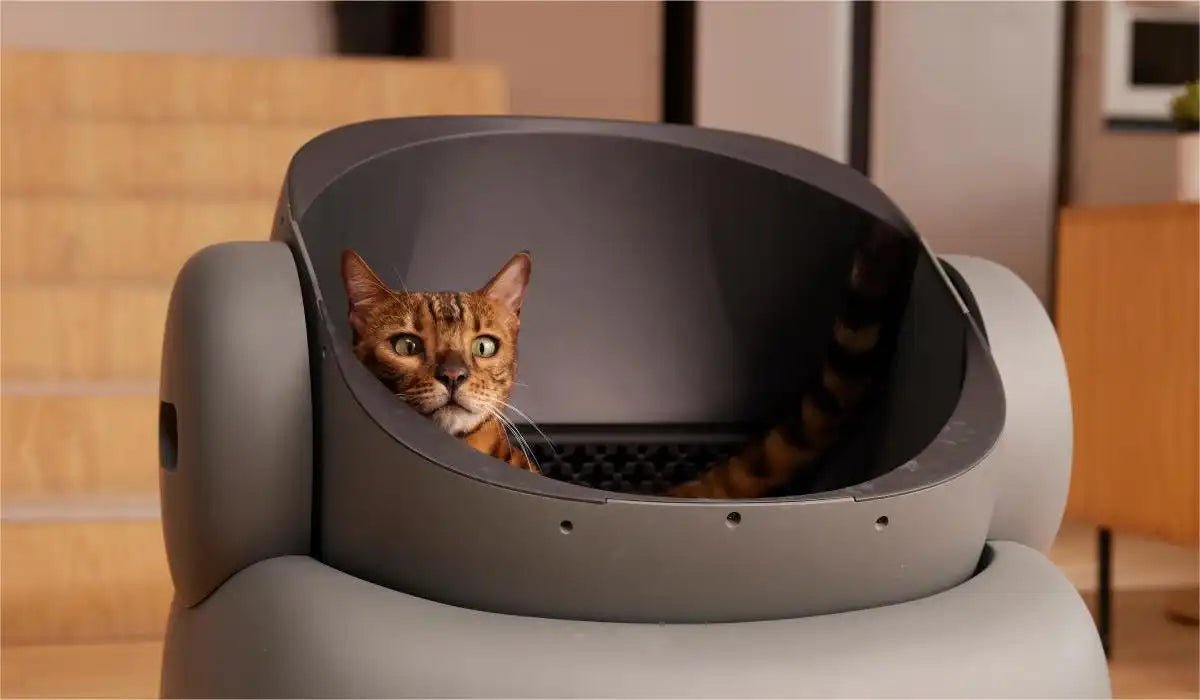
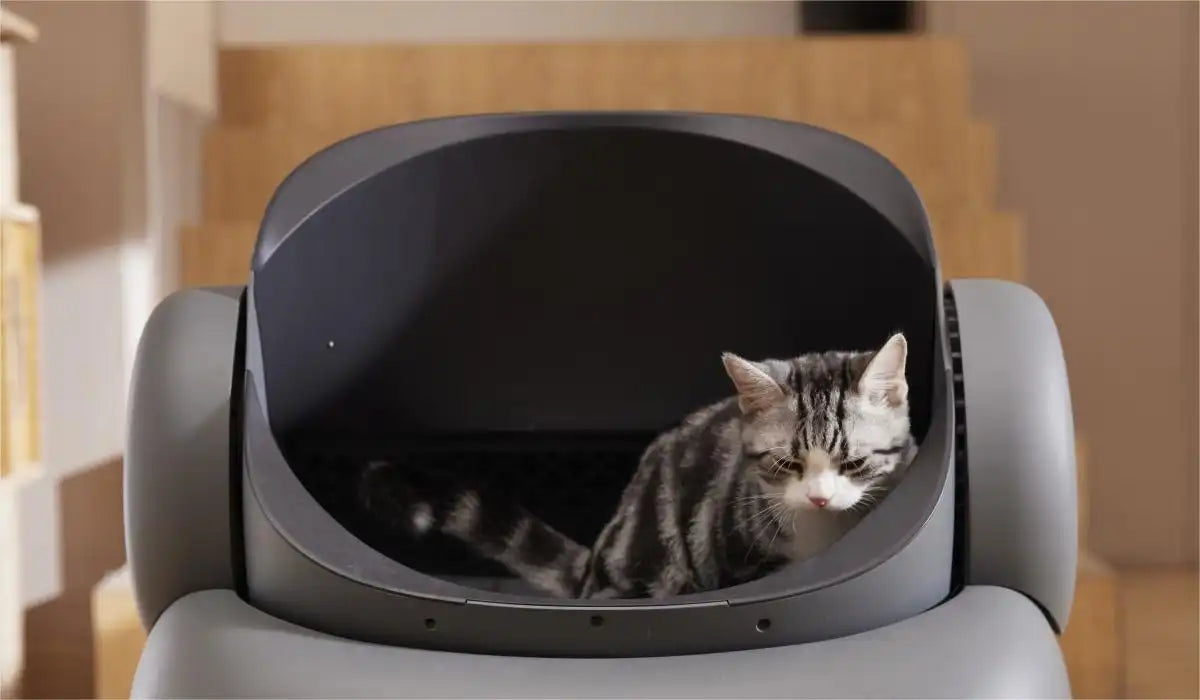
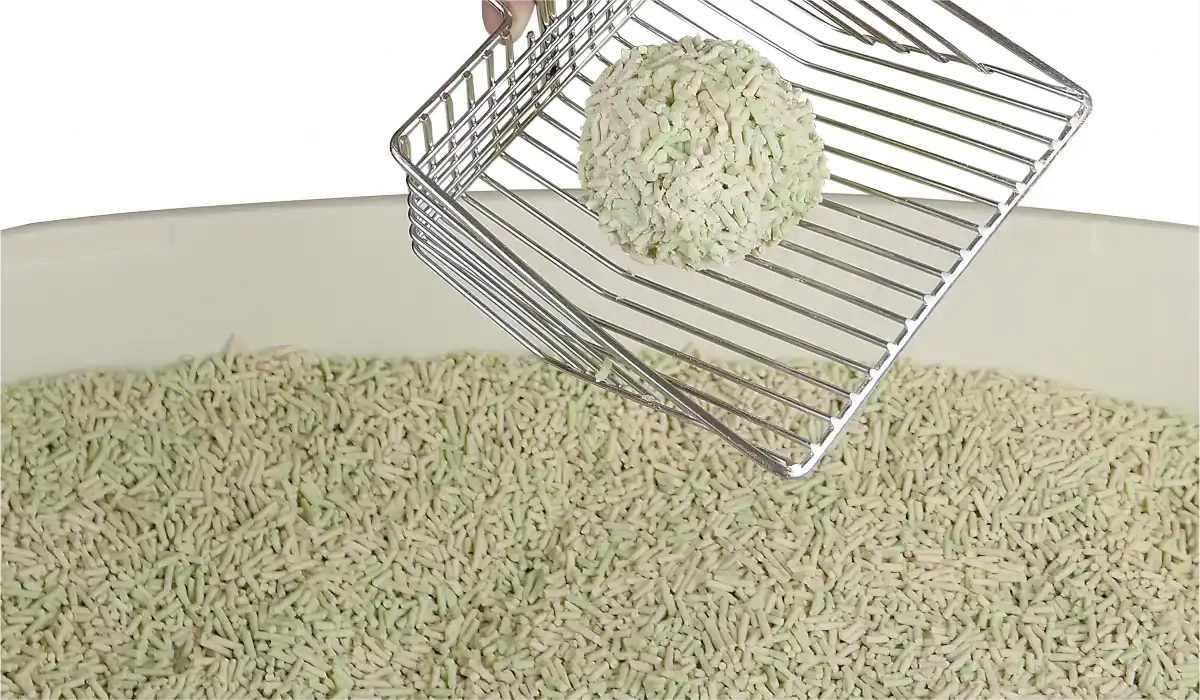
Leave a comment
This site is protected by reCAPTCHA and the Google Privacy Policy and Terms of Service apply.